 201 366 8692
201 366 8692
Durable, adaptable and vibrant, tile is an interior designer's dream and a Dixon Projects favorite. In this edition of our “Trade Secrets”, we caught up with TileBar, one of our favorite local vendors, to learn more about their fresh approach to this versa-tile material.
Located on West 21st Street, in a section of the Flatiron District featuring home furnishing stores and design firms, TileBar's New York City flagship showroom is a monument to all things tile. Spanning 9,500 square feet over two floors, it’s an ideal spot for perusing a bevy of samples, planning projects and meeting with TileBar's friendly team of designers and sales specialists.
In the bright and airy upper level, walls are outfitted with rows and rows of tile in all manner of material, color and size. Tall display fixtures and installations allow visitors to view collections in several layouts, and adjustable Wi-Fi lighting provides customers with a realistic look at each design in all possible light conditions. Large tables and iPads provide workspace for collaborative planning and ordering.
On the spacious lower level, there's room for events, a conference room, and abundant sample storage, a boon to trade clients who need grab-and-go samples on their way to meetings.
Opened in 2018, the company designed the massive showroom to serve as an extension of their e-commerce site that had grown to become a favorite designer destination.
"Our goal was to make it more beautiful than any other showroom out there, and also to make it very functional," explains VP of Business Development Jacob Herskovits. "On the left, you see how the tiles will look in a room. On the right side, you can pull out tiles to create your ideal mood board or plan."
The company that eventually evolved into TileBar was launched in 2006 by President & CEO Eli Mechlovitz. Raised in the tile industry, Mechlovitz envisioned new approaches to the distribution and online sale of mosaic tile and launched the firm from a small garage warehouse. The website officially went live in 2010, becoming one of the first consumer e-commerce sites for tile, and in 2013, the company changed their name to TileBar, and added a trade division to expand business among designers, architects and builders.
TileBar has grown rapidly to become one of the key players in the industry, offering nearly 4,000 products used in both residential and commercial applications. From that small Brooklyn facility that served as both office space and warehouse, the team now enjoys the vast Flatiron flagship as well as a state-of-the-art 300,000-square-foot fulfillment center in New Jersey.
Today, the brand is regularly featured in top design publications, such as Dwell and Architectural Digest, and, on a number of television shows, including Tiny House Nation and Property Brothers. "We're proud to be at the point where we're a real name brand," Herskovits says. "Whether it's residential, hospitality, commercial or co-working spaces, we've really made our mark in this industry."
A significant part of TileBar's success is their wide range of product offerings, from the smallest mosaic to huge large-format tiles, from classic shapes to specialty designs like the unique Live Free, a skull-and-crossbones in black-and-white marble with mirrored eyes.
The TileBar team regularly sources designs from industry trade shows, and their talented in-house team creates many of their most popular tiles. Nonetheless, a key to their rapid expansion in the trade category has been their collaborations with leading interior designers.
"When I came on board to launch the trade division, the goal was to let every designer, architect and builder in the country know about TileBar, and we thought, 'Why not have interior designers design tile collections for us?'" recalls Herskovits. "I reached out to Kelli Ellis, a celebrity designer I followed on Instagram. She has a huge following, and she's been so supportive in helping us grow in the residential market. She's really made a huge impact for us."
The Kelli Ellis Collection for TileBar is a true representation of her "livable luxury" approach to design and features rich Calacatta marble in unexpected shapes punctuated by antique mirror accents. Herskovits names the collection's Soli tile among his favorites.
Like the Ellis collection, Art Deco by Vanessa DeLeon puts a modern, elegant spin on classic designs. Black and white marble is accented with brass inlay to create chic tiles with nearly endless layout options. The collection's VZAG design, a distinctive chevron in marble, is featured prominently in Dixon Leasing's gorgeous Park Slope mansion on 6th Avenue.
Cost-consciousness, durability and versatility are of the utmost importance when designing Dixon Leasing's portfolio of upscale rental homes. Tenants enjoy quality materials and compelling design, and value finishes that are made to last. "I can show you one of Dixon's favorites," Herskovits says as he guides us toward the TileBar's Instinct Collection. "It's a porcelain tile. It's very neutral, but at the same time, if you get close, you'll see there's a lot of interest and subtle variation. Plus it comes in a good range of colors and sizes."
"That's one of the reasons we really like it," adds Rachel Wolff, Dixon Projects Director of Interior Design. "A lot of large format tiles don't have a matching mosaic, but Instinct does. We use the larger size on walls and bathroom floors and the mosaic tiles in shower floors to prevent slipping and accommodate the slope to the drain."
A preference for neutrals with universal appeal doesn't mean a complete absence of pattern, however. Take TileBar's Cascais line, a porcelain design inspired by Portuguese azujelo tiles that add a substantial wow factor to the Sherman Street bathroom.
"Sometimes we use a pop of pattern in a laundry room or powder room, and printed porcelain is a good stand-in for a handmade cement tile. It's an option that wears a little better for us in high-traffic areas, but with that same great color and design," says Dixon Interior Designer Addie Sandidge.
That kind of working relationship can be critical in an industry where timelines and costs have a way of shifting unexpectedly. "We're very knowledgeable on both what we have and what we're capable of getting. We can negotiate on price or make suggestions for a very similar, less expensive option. And even if we don't stock a particular tile, we can go source it for them," Herskovits explains.
That's a level of above-and-beyond service that doesn’t just apply to large accounts; the TileBar team is devoted to exceptional service, quality and reliability for all clients. As Herskovits explains, their tagline — “Raising the TileBar” — reflects their willingness to promise a standard of excellence. "In service, experience, design, everything. No matter how well we're doing, we want to do better!"
Looking ahead at upcoming tile trends, Herskovits notes that innovative colors, textures and dimensionality will reign supreme. TileBar's Lava Stone line ticks several trend-alert boxes, especially in Aegean green and Adriatic blue colors that he describes as "so hot right now."
The Arcade Collection, created by Marcos Cecchetto, TileBar's Senior Graphic Designer, takes a classic chevron pattern and changes the angles and textures. "The combination of polished and unpolished Carrara marble just adds so much dimension."
As for TileBar's future, Herskovits gives founder Mechlovitz ample credit for creating the company's current momentum and optimistic outlook. "He's a visionary and a real leader. Eli is an entrepreneur, and he allows people to grow and create success," he says.
No matter where they're located, online or offline, TileBar’s focus is always on the customer. As Herskovits puts it, "We're tile people. We know tile. We know the industry, and we provide each client with an incredible experience. At the end of the day, that's what we're really proud of."

Dixon Leasing is the premier leasing company for no fee, pet-friendly luxury single- and multi-family townhomes in the New York Metropolitan area.
Our rentals come in a variety of price points in locations across Hudson County (NJ), Manhattan, and Brooklyn.

Quick Links
Address
©2019 All Rights Reserved


